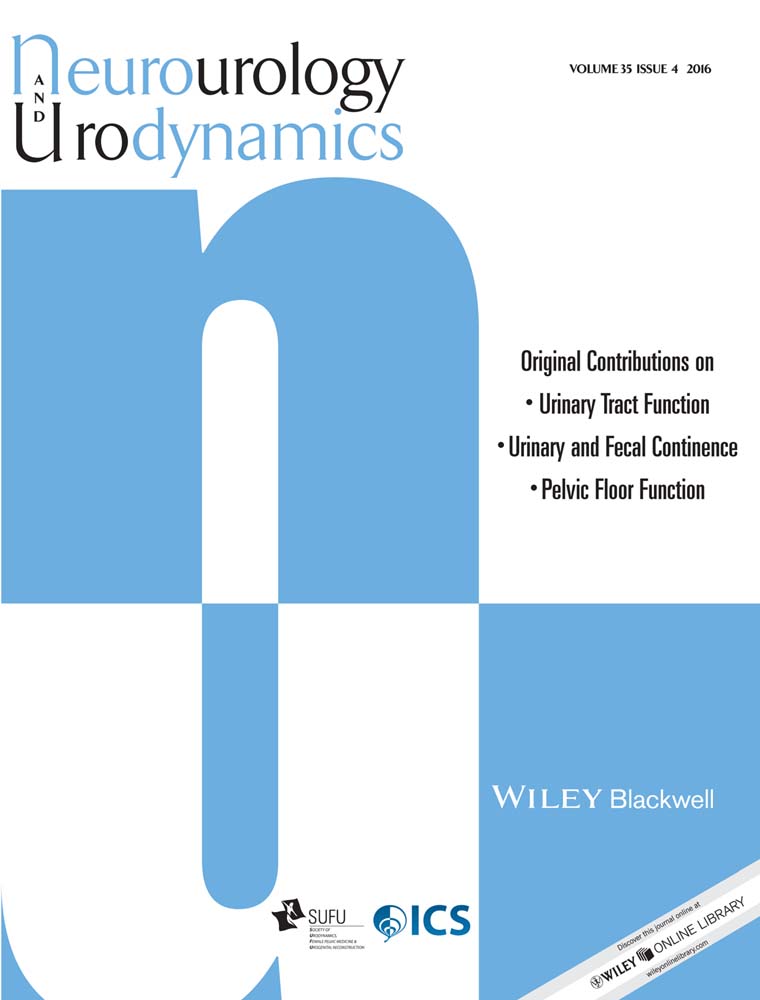Retropubic bulbourethral sling in incontinence post-exstrophy repair: 2-year minimal follow up of a salvage procedure
Abstract
Aims
Post-exstrophy incontinence is a challenge because continence is difficult to achieve and more difficult to maintain. Feasibility and outcomes of a bulbourethral sling to treat post-exstrophy incontinence is shown in this report.
Methods
A retropubic bulbourethral sling was applied to male patients with incontinence post-exstrophy-epispadius repair. The study included children with total (continuous) incontinence who underwent multiple previous anti-incontinence procedures, ranging from bladder neck injection to bladder neck reconstruction. Preoperative assessment includes urinalysis, renal US, VCUG, 1-hr pad test and urodynamics. The bulbourethral sling applied is made of polypropylene and is suspended by 4 pairs of nylon sutures, to support the bulbar urethra within its covering muscles with the sutures tied on the rectus muscles. Continence was evaluated as well as adverse events.
Results
Seventeen children, (median age 8.7 years) completed 24-month of follow up. All had CPRE. Five children (29.27%) were dry. Four micturated through the urethra and one by catheterizing his cutaneous stoma every 3–4 hr. In none, PVR exceeded 10% of expected capacity. Four children underwent re-tightening 1–4 weeks after removal of urethral catheter. Perineal wound dehiscence occurred in one, perineal/suprapubic pain in seven and epididymo-orchitis in one child.
Conclusion
The current technique is promising for difficult cases of incontinence after CPRE. It is safe, as no serious adverse events occurred during follow up period. It is economic and re-tightening is easy to perform. Neurourol. Urodynam. 35:497–502, 2016. © 2015 Wiley Periodicals, Inc.




